[citește în RO]
feeder insider w/ Tokyotoys [en]
Visual artist and graphic designer with a penchant for minutiae, Alexandru Atanasiu a.k.a. Tokyotoys left his mark on the visual identity of several successful projects – including feeder.ro. By exploring the hidden geometry within objects, Tokyotoys creates obscure worlds and unusual characters, bearing the air of Asian legends. We had a chat about the challenges of creative collaborations, the importance of education through play, recent accomplishments and future plans alike. Banzai!
micro-universe / minimal / detail / toys / illustration
My favourite sport… drawing.
When there’s a blackout… it’s gone time.
I’d get a tattoo with… the viewer’s face onto mine.
The last movie I saw… 11 years after its release I finally managed to watch The Life Aquatic with Steve Zissou (2004).
My motto-ul is… we’re coming tomorrow.
I start my day with… I’d rather not say.
I’d like to win… the intergalactic sumo championship.
My favourite dessert… éclair.
In my free time… there’s no such thing.
3 artists, I admire… Jimmy Edgar, Luigi & Luca, Os Gemeos.
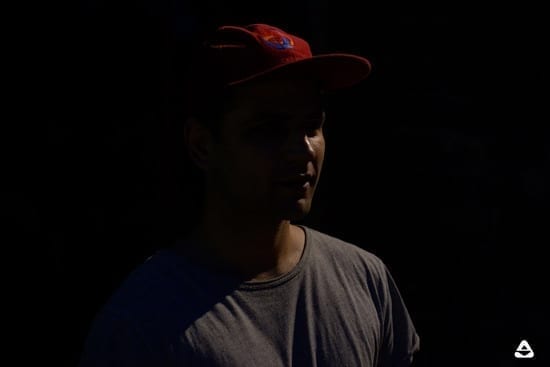
Violeta Năzare: Hello, Tokyotoys! What’s new with you? The last time we met was at Street Delivery, with the VTREE project, whose logo you designed. We really liked the minimalistic approach and the clarity of the image, the instantaneous association it creates with the product. When did you start drawing professionally and what attracted you to graphic design?
Tokyotoys: I’m not sure there is an exact moment in time that marks my professional debut, I only know that my life on Earth has had a natural trajectory so far. I basically try to create images I’d like to see in 3D reality and that’s what I have in mind when I start a collaboration. It’s the thing that’s drawn around me like-minded people, who were able to connect with the things I do.
V.N.: Before you collaboration with VTREE, you also handled the visual identity of other noteworthy projects such as the GOLAN band, Ginger Group or Santa’s Digital Workshop, a modular design and 3D manufacture seminar hosted by the Association of Architecture Students in partnership with Modulab. What do you regard to be the greatest challenges in such collaborations? What kind of projects interest you?
T.T.: Sometimes it’s harder at first until you establish a connection between collaborators. One of the challenges for me is to pick a direction when there are more options that have potential.
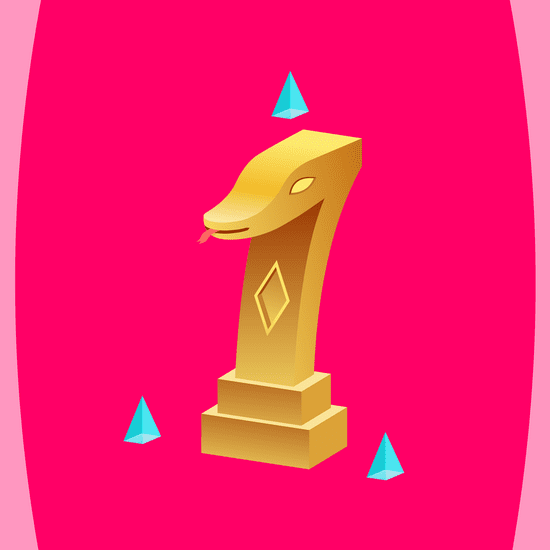
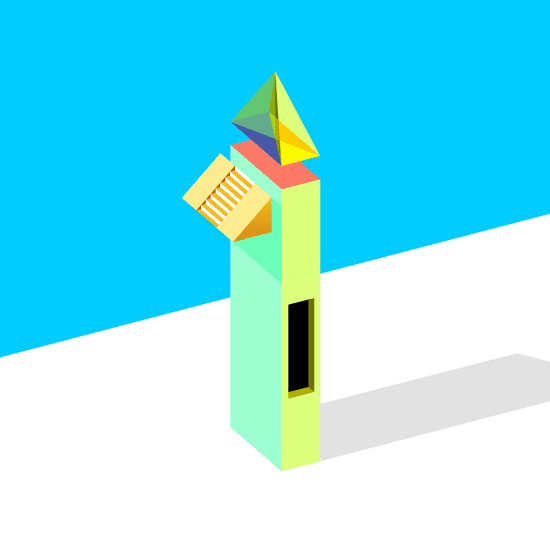

V.N.: As far as personal initiatives are concerned, this summer you received international acclaim for the work you produced for 36daysoftype, a challenge addressed to designers, illustrators and graphic artists worldwide to visually reinterpret, over a 36-day interval, a series of letters and numbers. Of the 18 pieces you submitted, 2 reached the platform’s Hall of Fame and brought you significant exposure. How would you describe this year’s 36daysoftype experience? How did it differ from the previous edition?
T.T.: It’s a little marathon and what matters is that you have stamina.
After the first few days some interesting mathematics comes into play because everything turns into an orchestra and syncs up.
Towards the end I felt a bit exhausted, I was drawing 2-3 pieces a day and not posting any because I kept getting ideas about what else I could do. C’est la vie.
V.N.: Are you aware of any similar contests organized in Romania? How easy – or how difficult – is it for a graphic artist to promote himself within the local Romanian community?
T.T.: I don’t know any because I don’t aim for this scene. My current target is to reach the people who are actually interested in the field I’m involved in, but I guess it’s up to each individual to make it difficult or easy.

V.N.: Your work is very strong and well defined, due to your uncanny attention to detail and indisputable perfectionism. What do you regard as the biggest influence on your style and what are your sources for inspiration? How does the Tokyotoys universe look like and who inhabits it?
T.T.:
Toys played a very important part in my life and continue to do so. They’re at the foundation of the architecture of my mind because they’re a reflection of our culture.
Up until the First World War the majority of toys were made in Germany, but after it was over nobody really wanted to buy anything made in Germany. During the war, most of the toys became “war toys”. Afterwards, the toy industry escalated in Japan, whose economy was unsteady. This led to the advent of mechanical toys. Television also played a key role in the toy industry, as toys became part of cinema pop culture. For instance, “Star Wars” memorabilia are still being collected worldwide. Since toys reflect culture and history, another major influence was the launching of the space exploration program. It triggered a wave of thematic toys. The classic“Teddy Bear” was created and named after a caricature inspired by an actual event. The 26th American president, Theodore Roosevelt (“Teddy”), refused to shoot a bear that had been captured during a hunting trip in 1902 in Mississippi.
Our first contact with reality is linked to play, meaning an intuitive activity that enables the accumulation of empirical experiences.
There’s a wide variety of toys, ranging from those improvised from ordinary objects to modular toys, educational toys and so on, but they all have a common denominator and that is the imagination which the user adds to the ecuation. Imagination connects the real world to the way we relate to it.

V.N.: Tell us more about the system you use when approaching reality and how you transpose it in your drawings. What are your guiding principles?
T.T.: In the end, I follow some very basic principles. I work a lot around figure 7 as well as the numbers 45, 60, 30, 25, 100, but these are just a few of my secrets. Lately, whenever I look at the time it’s 11:11. 11,22 si 33 are called “Master Numbers” and are among my favourites. I think that geometric shapes are the shadows of events happening in other dimensions. You’ll ask, of course, what the best number is. It’s 73 – because it’s the 21st prime number and because if you reverse the digits you get 37, which is the 12th prime number. In binary code, 73 translates as 1001001 and is a palindrome. I hope you’ve been persuaded 🙂
V.N.: We’d like to find out a few details about your creative process. What is your work technique? What software have you been using and which is your favourite?
T.T.: Before turning them into digital works, I hand-draw sketches that outline the direction of the project and which enable me to quickly figure out certain things. Geometry is a language I often use.



V.N.: You were one of the artists present at the 2013 edition of Work in Progress, which transformed the Ciclop garage into an urban art gallery. As your work usually involves digital intervention and working behind closed doors, how was the experience altered by the fact that you were drawing live, among other artists, without resorting to software or retouching?
T.T.: I was slightly nervous, but I eventually felt comfortable. I’m always honoured to draw by hand, I feel it’s a good exercise for me.
V.N.: One of your illustrations was featured in December 2014 at Holy Fair, the Christmas fair held by Kabinet, alongside works by Kitră, Aitch, Irlo, Pisica Pătrată, Saddo, Mihai Barabancea and many more local artists and designers. Are you planning a new exhibition? What can you share about your future projects?
T.T.: At the moment I’m focusing on my ongoing collaborations because my works are never done, I’m constantly improving them. This year I managed to make a selection of 11 pieces which I’m planning on sharing with everyone. Stay tuned, for the best is yet to come!
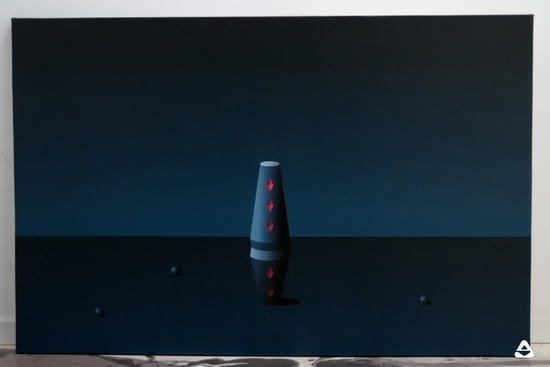
V.N.: For the past year and a half, you’ve been an important part of feeder.ro and left your mark on the website’s entire image, from the categories’ logos and every column’s cover to the booklet which was launched at the end of last year. How did this collaboration come to happen and what’s your favourite project? What were your feelings towards feeder at the beginning and how did they shift as a result of being involved in its activity?
Tokyotoys: Feeder is a site I’ve been following since high school. I’ve always wondered why they don’t make it livelier, more personal, closer to the feeder target, which is made up of open-minded people who are ahead of their time. On some level, I’ve always wanted to be able to tweak it and I was very happy to find an opportunity to do so. My favourite project is the one that offers me the greatest freedom and that includes the entire TT universe.
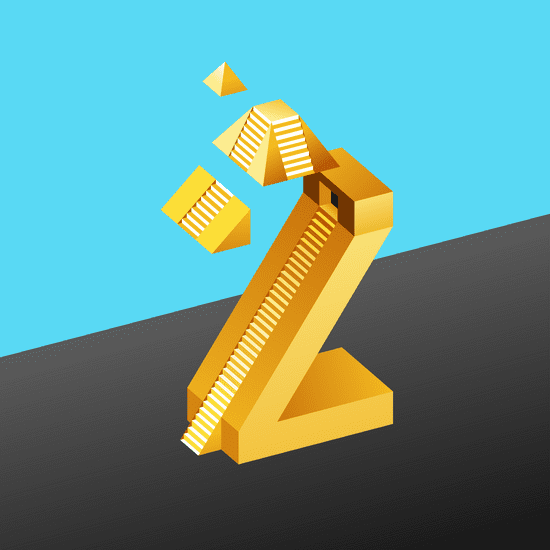
V.N.: One last curiosity: why “Tokyotoys“?
T.T.: I’m very much inspired by Japanese culture and although I know that perfection is an abstract notion which can’t be attained, I get really excited when we – as a species – get close to doing so. Japan’s current flag – known as “Hinomaru” (the sun’s circle) – is one of my favourite objects because it delivers a very strong message in a very direct manner.
TT is about the things I want to zoom in on, it’s about geometry and toys and it pays homage to a culture we have so much to learn from.
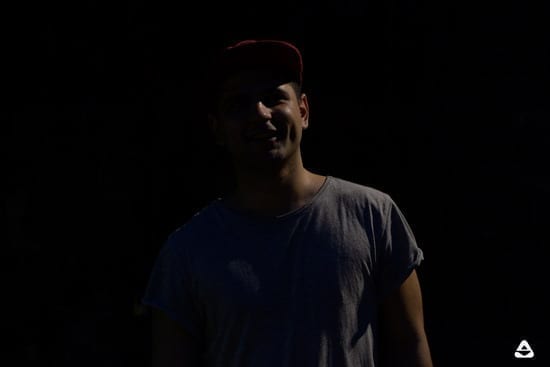
It’s been a pleasure!
I LOVE YOU, XOXO!
Feeder Insider explores the universe surrounding music and visual arts through open conversations with local and international artists. Join us here on our weekly crossing of the border between human and technological. An editorial project co-financed by the Administration of the National Cultural Fund (AFCN).
Interviu şi traducere realizate de Violeta Năzare







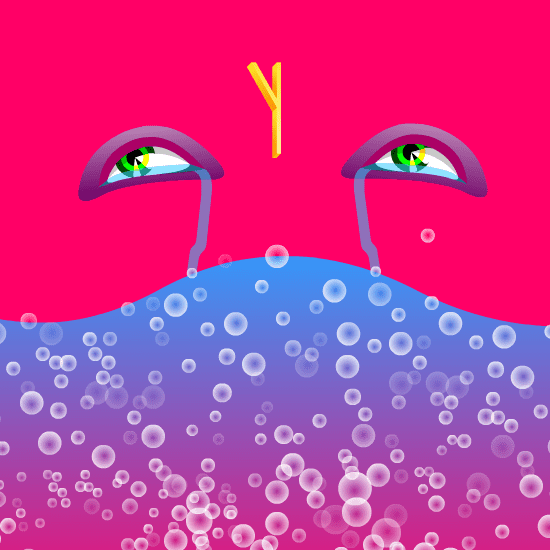
Pingback: feeder insider w/ Tokyotoys • feeder.ro
Pingback: Descoperă noul magazin online feeder.ro | | Feeder.ro